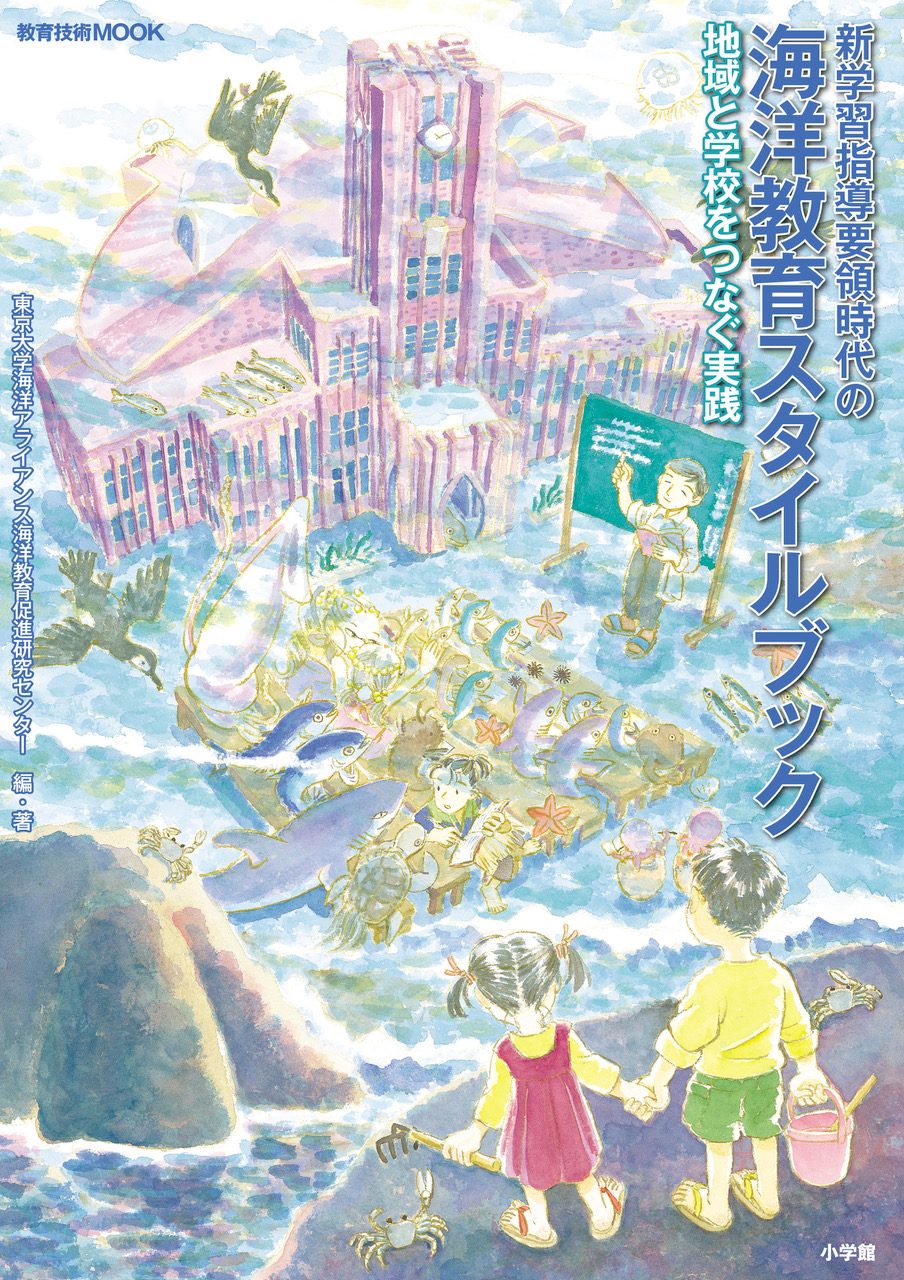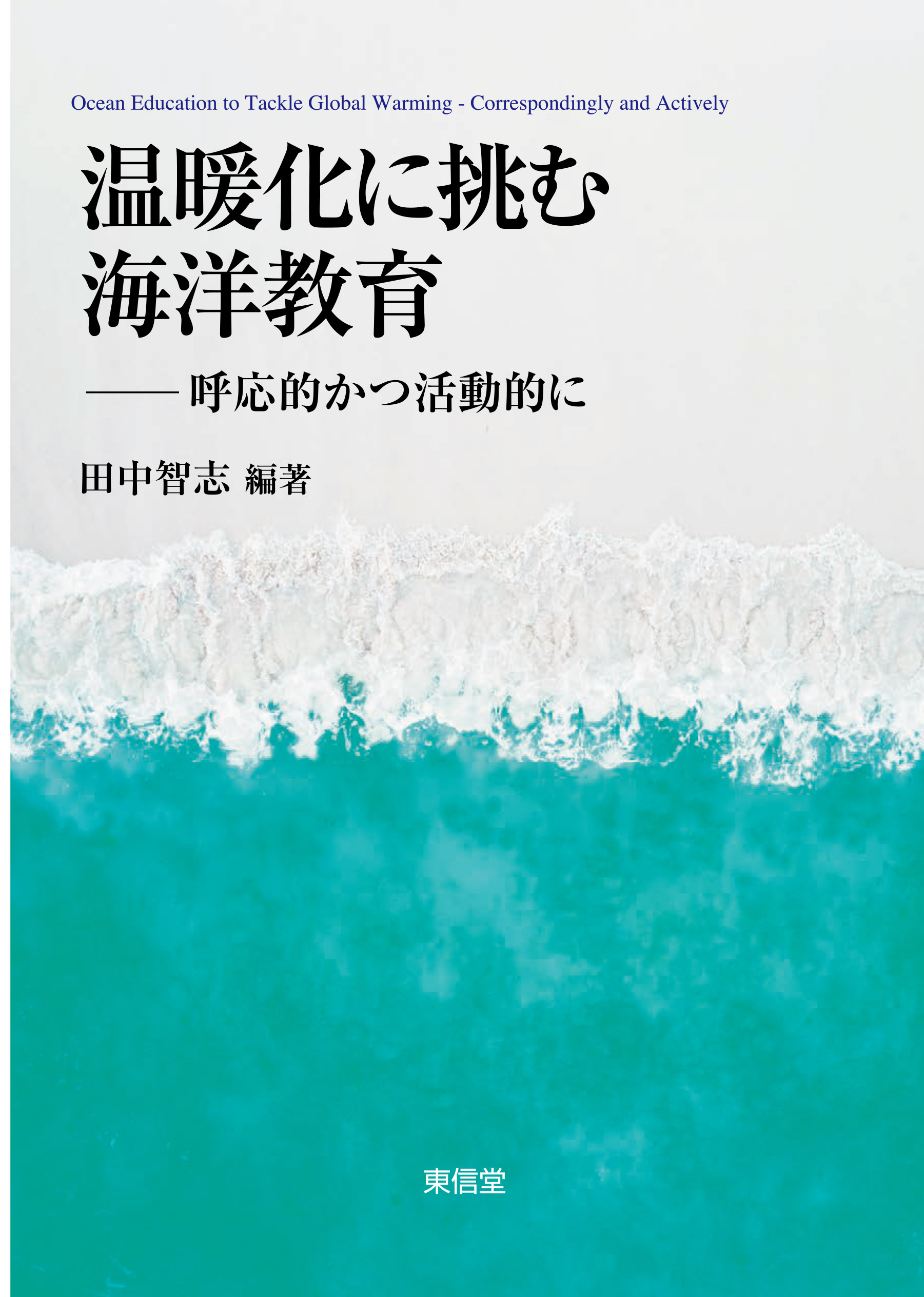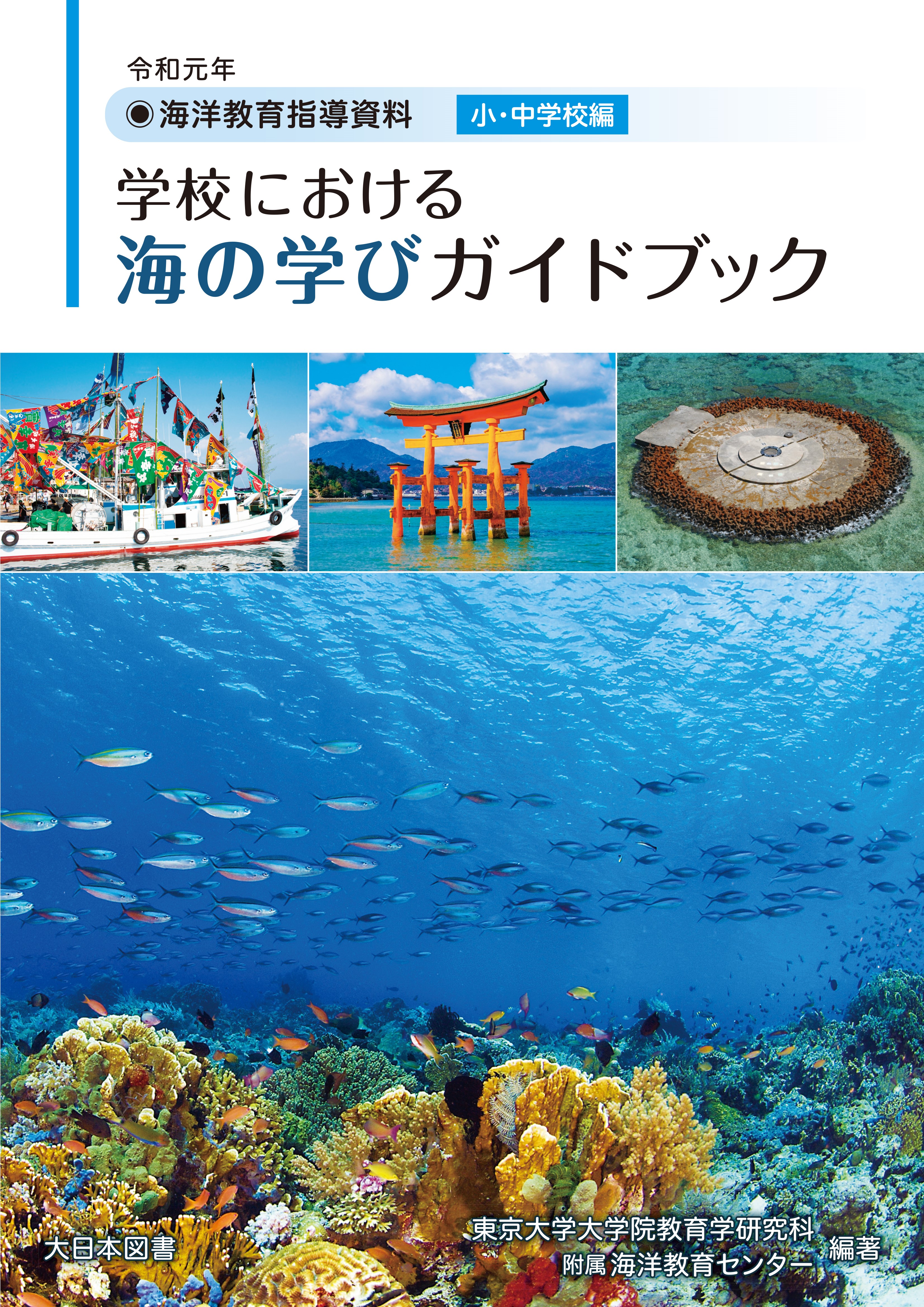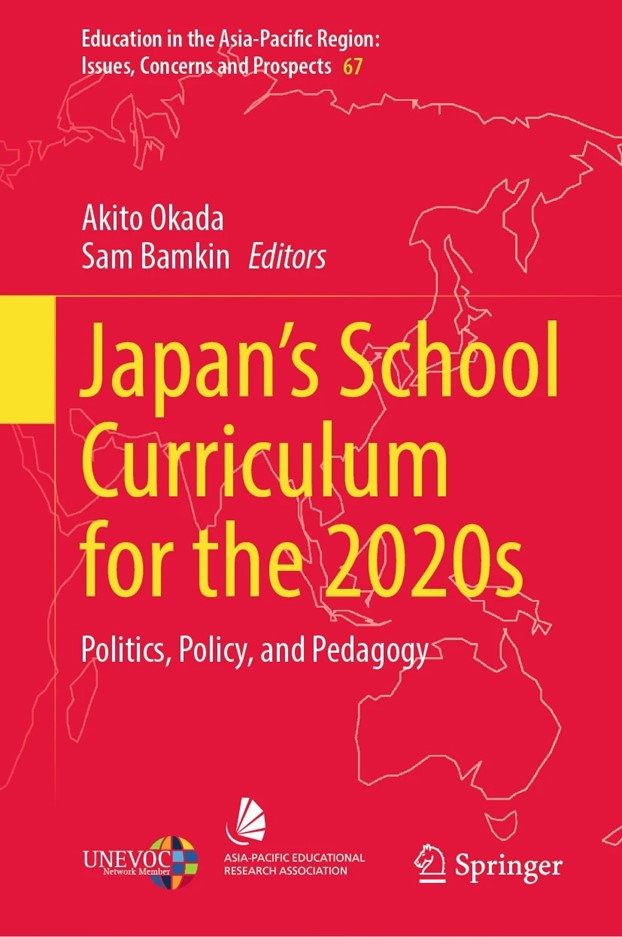
Title
shin Gakushuusidouyouryou jidai no Kaiyoukyouiku stylebook (A Guidebook for Ocean Literacy education - Connecting community and school)
Size
112 pages, B5 format
Language
Japanese
Released
March 13, 2019
ISBN
9784091050816
Published by
SHOGAKUKAN
Book Info
See Book Availability at Library
Japanese Page
This book introduces a variety of practices implemented for ocean education, and seeks to present a model of ocean education through a panoramic view of these cases. The educational practices presented in this book have been implemented in kindergarten schools, elementary schools, and junior high schools that are aligned with the Center for Ocean Literacy and Education.
As an island nation surrounded by the ocean, Japan has gained many benefits from the ocean and people have enjoyed their lives deeply bound up with the ocean. However, ocean education has rarely been offered to educate children in the next generation or as a program in mandatory education.
Accounting for 97.5% of water on the earth, the ocean supports the earthly environment, and thus plays a significant role in maintaining our lives. The ocean is simultaneously a place where natural resources such as diverse bio-species, energy resources, and minerals can be obtained, and a place for leisure and relaxation. The unexpected tsunami caused by the Great East Japan Earthquake in 2011 posed a serious threat to the nation, taking many lives, destroying communities, and inflicting considerable damage to the marine environment. It is important to be fully aware of the nature of the ocean that can bring both benefits and threats, and to build a society that coexists with nature. Against this backdrop, the Japanese government declared on the Marine day in 2016 that they would seek to implement ocean education in municipalities across the nation by 2025. This book is the first guidebook in Japan for the promotion of ocean education.
The idea behind ocean education is the “coexistence of the oceans and mankind,” based on the Basic Act on Ocean Policy. We study the kinds of knowledge, skills, and thinking and decision-making abilities required in order to realize this idea. The methods of realizing this idea depend on the region, and as seen in the debates surrounding the construction of seawalls, they also vary from one individual to another. Therefore, “the coexistence of the oceans and mankind” cannot be achieved by fostering predefined knowledge and skills; rather, it must be constantly pursued. Ocean education, therefore, requires a transformation of the existing school education system.
The ocean education campaign has been spreading across the globe. In the United States, ocean literacy was developed in order to promote marine education. It was done in accordance with the standards of education, which describe contents that must be acquired at each level of education, from preschool to secondary education. Currently, UNESCO and the Intergovernmental Oceanographic Commission (IOC) of UNESCO are taking the initiative in promoting the spread of ocean literacy globally. Through practical cases reported in this book, I develop “the Japanese version of ocean literacy,” which incorporates marine lives and cultures, as well as historical viewpoints that are unique to Japan.
(Written by TAGUCHI Kodai, Project Assistant Professor, Graduate School of Education / 2019)



 Find a book
Find a book




